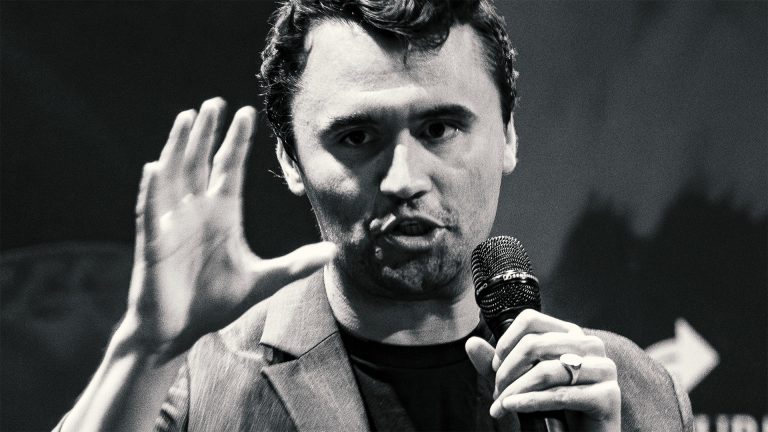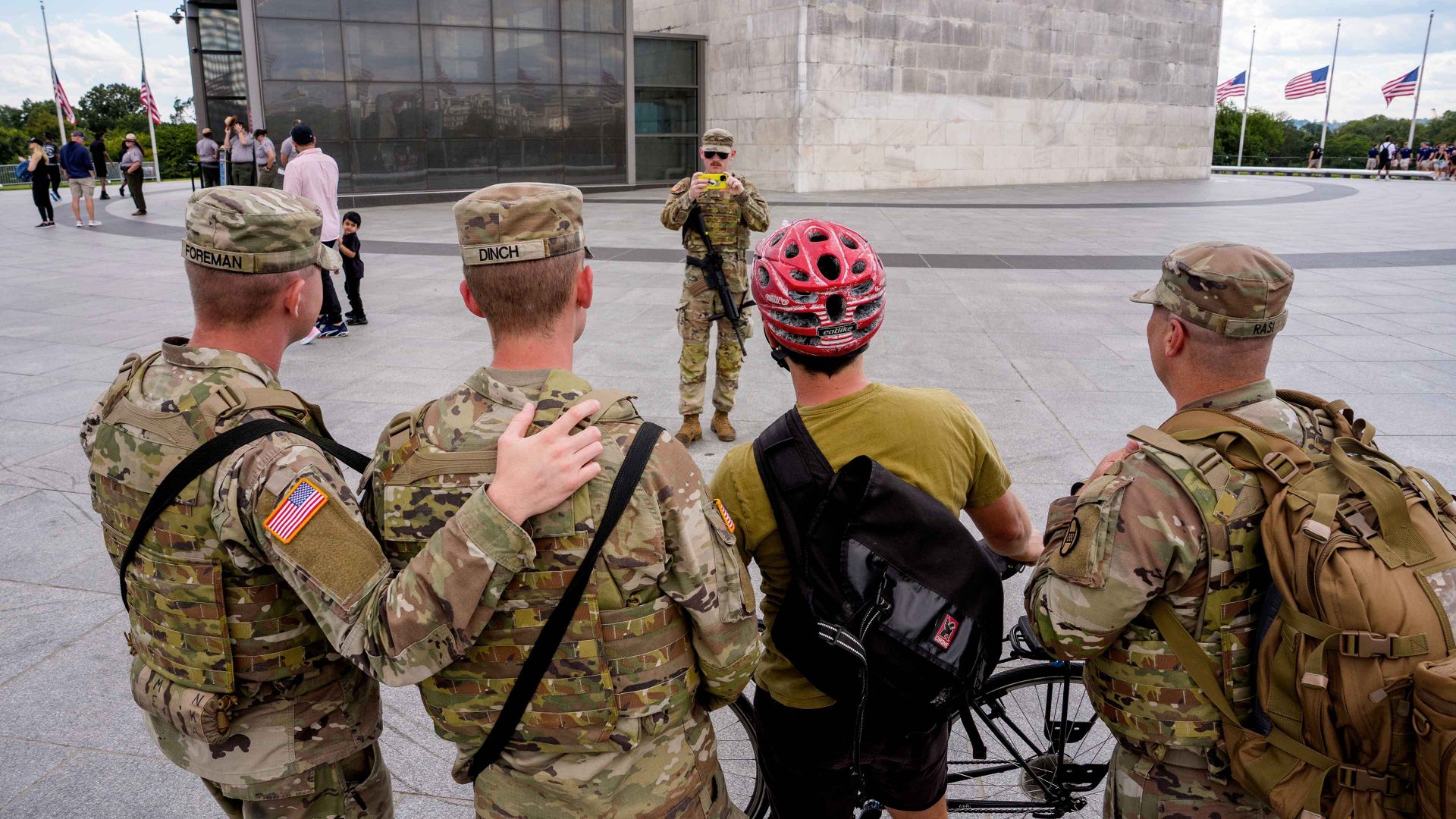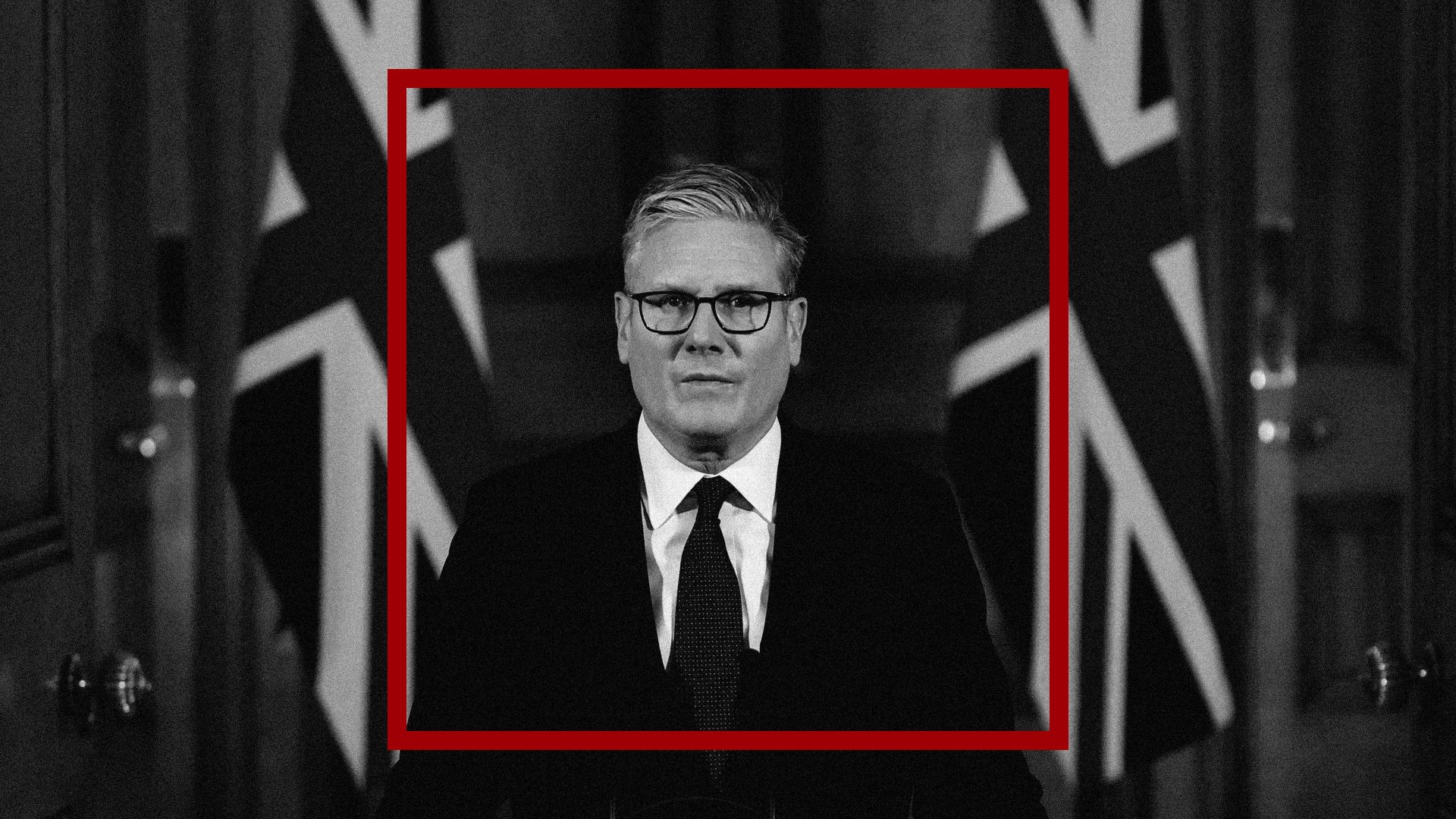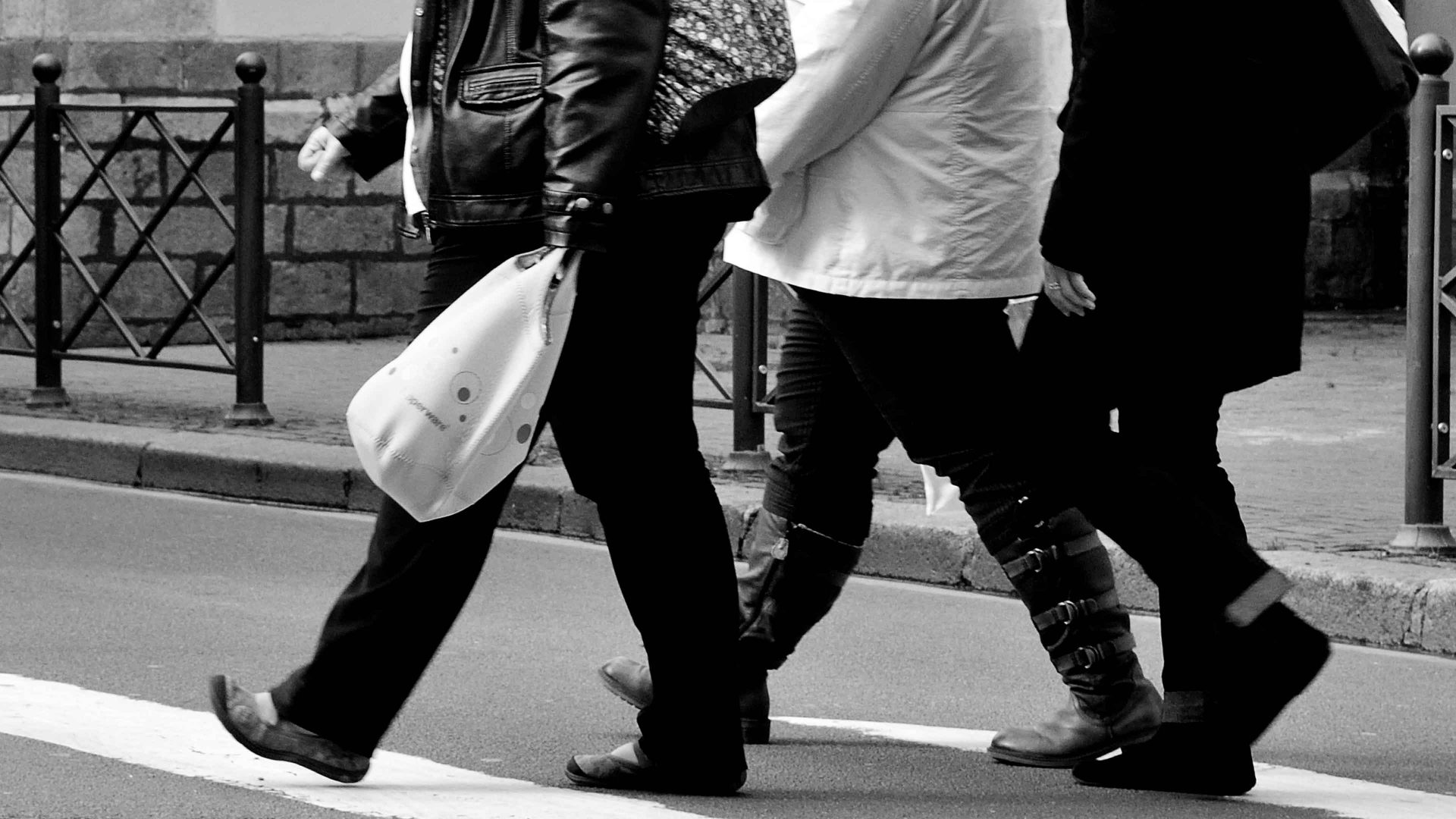The return to school after the summer holidays is always a fraught time. But as kids in Washington packed their school bags with freshly labelled supplies, some had urgent concerns. Will my parents still be there when I get home? Will immigration agents come for me in class? Will I be arrested walking to school?
On August 11, president Donald Trump deployed the National Guard in Washington DC. He took control of the city’s police force, vowing to end the “total lawlessness” in the nation’s capital. Violent crime is in fact falling here in DC and is at a 30-year low. But to Trump, the city was a hotbed of “crime, bloodshed, bedlam and squalor”.
In the Maryland suburbs on the outskirts of Washington, our friends and neighbours couldn’t quite believe that troops and armoured vehicles had become a regular sight. Some friends stopped going downtown. The daughter of one friend, just out of school and looking at universities, told me the troop deployment was the final straw: she wanted to get out of DC and move to Europe.
When we took our sons to a baseball game, it was jarring to see three hulking military vehicles, and a group of armed soldiers watching the fans as they filed past. The soldiers were pleasant, posing for photos and joking with the crowds. Two troops beckoned my sons over. They fixed the baseball cap straight on my youngest son’s head and beamed for the camera, but I noticed my eight-year-old keeping a wary eye on the gun strapped to the soldier’s thigh. This didn’t seem normal to any of us.
Militarised law enforcement will be a daily reality for children walking to and from school in many areas of the city, particularly those with large immigrant communities and in Black-majority neighbourhoods. Parents are trying to prepare. Rapid response networks are set up to share reports of immigration checkpoints on the school run; school gyms are being transformed into safe spaces for children whose parents are detained.
There are approximately 2,000 national guardsmen in the capital, and their presence is bolstered by a surge in Immigration and Customs Enforcement (ICE) officers and federal agents. About 500 extra law-enforcement personnel are spearheading Trump’s crime crackdown. At new checkpoints, they stop cars and demand proof of immigration status. Masked agents have been filmed bundling food-delivery drivers into unmarked vehicles. ICE officers are shadowing police at traffic stops, swooping in to check the papers of anyone pulled over for the most minor infractions.
Suggested Reading

The killing of Charlie Kirk and the new American darkness
There have been 1,669 arrests here since the crackdown began, with about 300 people arrested for alleged breach of immigration laws. CNN reports that this is a tenfold increase on the same period last year. Crime in DC is down since Trump’s surge, but the police are taking a dragnet approach: people are being arrested for minor offences and misdemeanours like violating open-alcohol-container laws.
It is against this atmosphere that around 100,000 children in the DC area said goodbye to the long summer break and returned to school. It was hardly a reassuring start when the ICE director, Todd Lyons, said parents should not expect to see his agents in the school corridors in the first week back, but an “exigent circumstance” could lead to their entry to a place of education.
In DC and across the county, schools are setting up new protocols for teachers, parents and administrators as they try to cope with the toll the crackdown is having on children. Teachers from migrant backgrounds are carrying their passports on the way to and from work. Safe spaces are created in school gyms for students to wait if a member of their family is detained. Local organisations run preparedness planning, to help people make sure the paperwork is in place so that, if necessary, their children can be collected by other family members.
“It’s a really sad thing to have to do, but we think it’s better to be safe than sorry,” said Autumn Gonzalez, an activist with the NorCal Resist organisation.
Everyone is on edge, with the law enforcement surge compounding existing worries that we all have about safety at school. At a Catholic school in Minneapolis on August 27, during the first mass of the new term, a shooter killed an eight-year-old boy and a 10-year-old girl, and injured 21 other children.
Schoolchildren in America have all become wearily accustomed to the active shooter drills that they must go through at school each year, as they practise how to hide behind desks and not make a sound. When I ask my children how they feel about these exercises, they sigh and tell me it’s normal.
Charlotte McDonald-Gibson is a journalist and author of Cast Away: Stories of Survival From Europe’s Refugee Crisis



